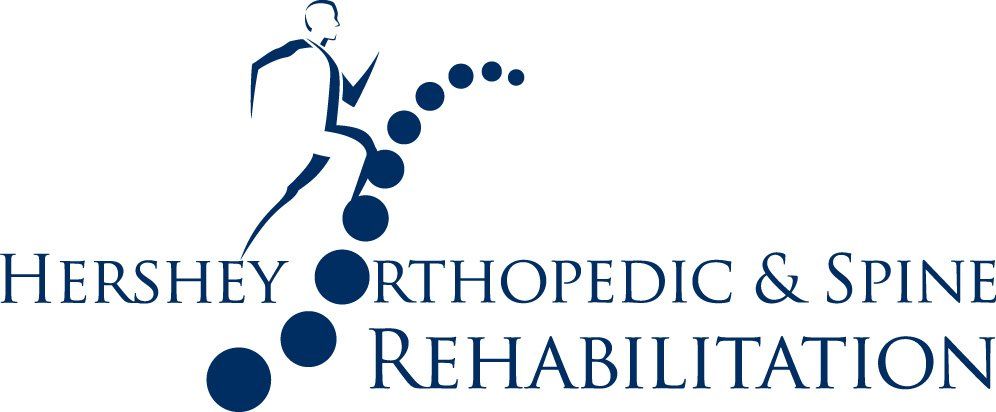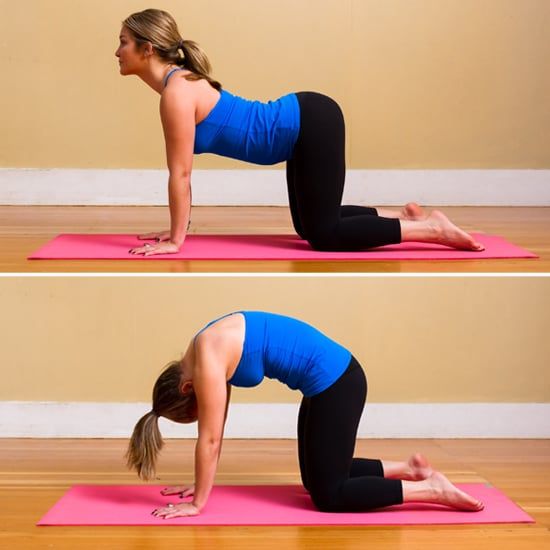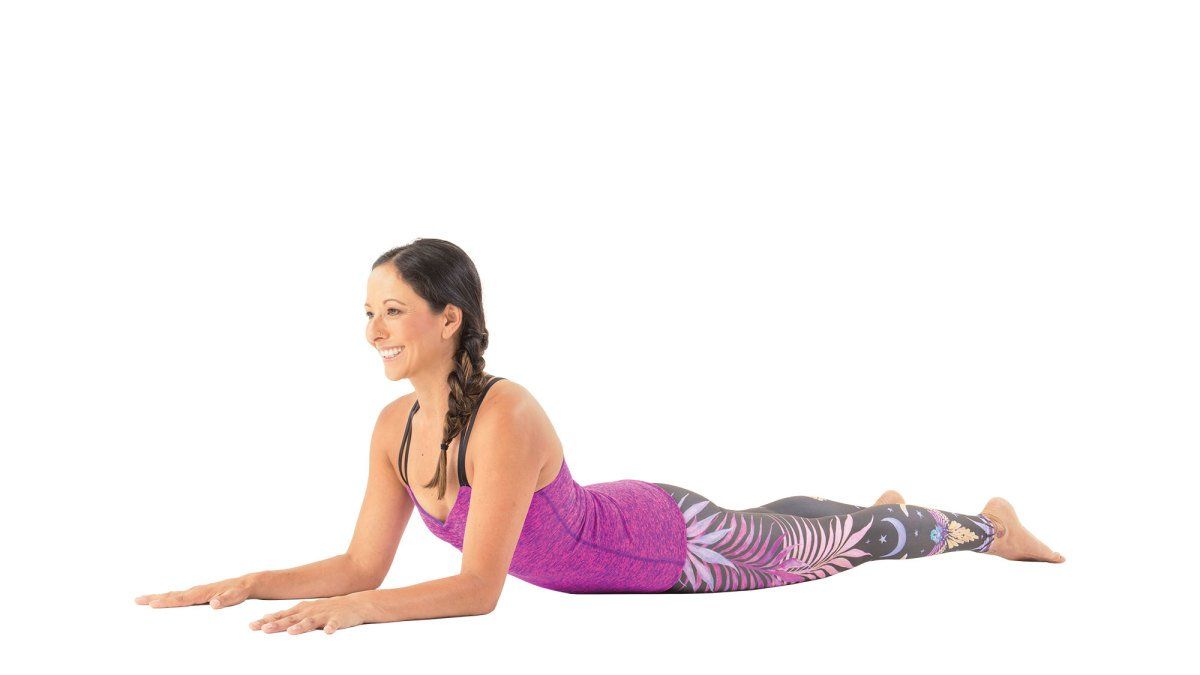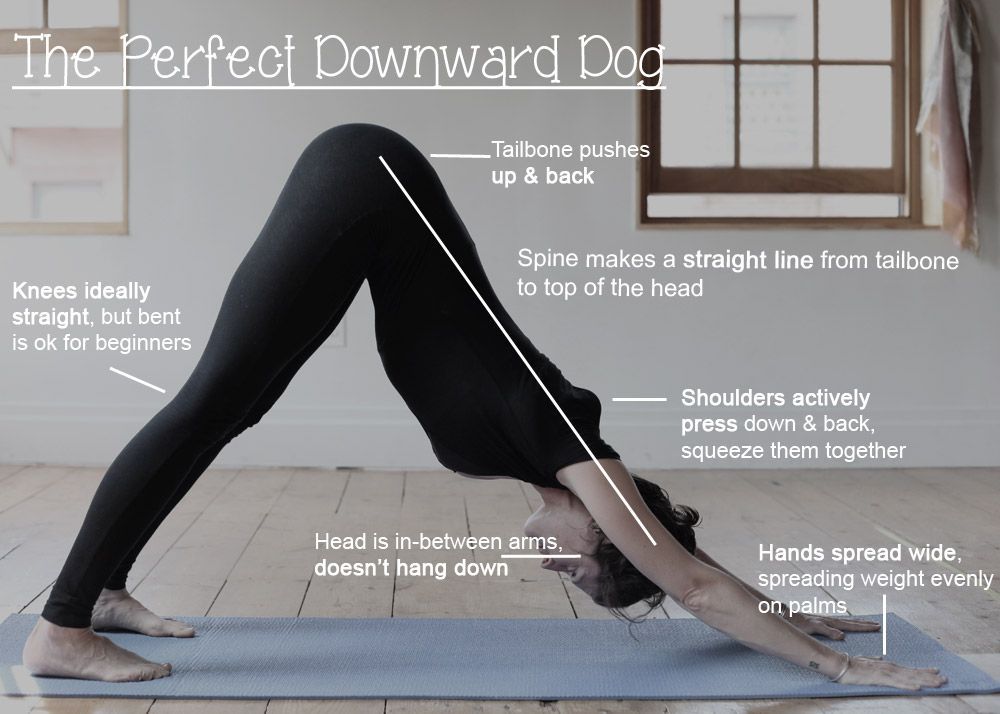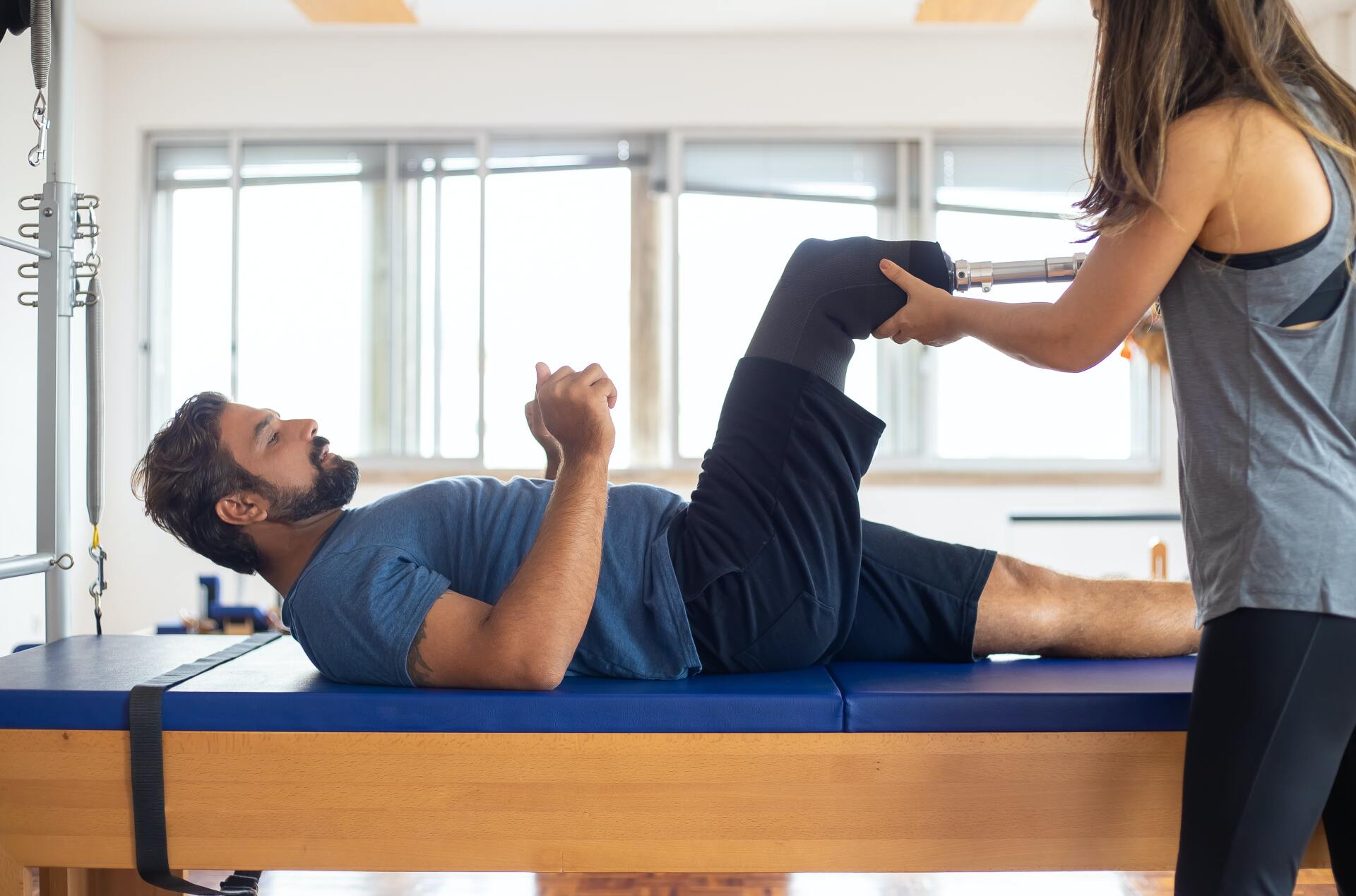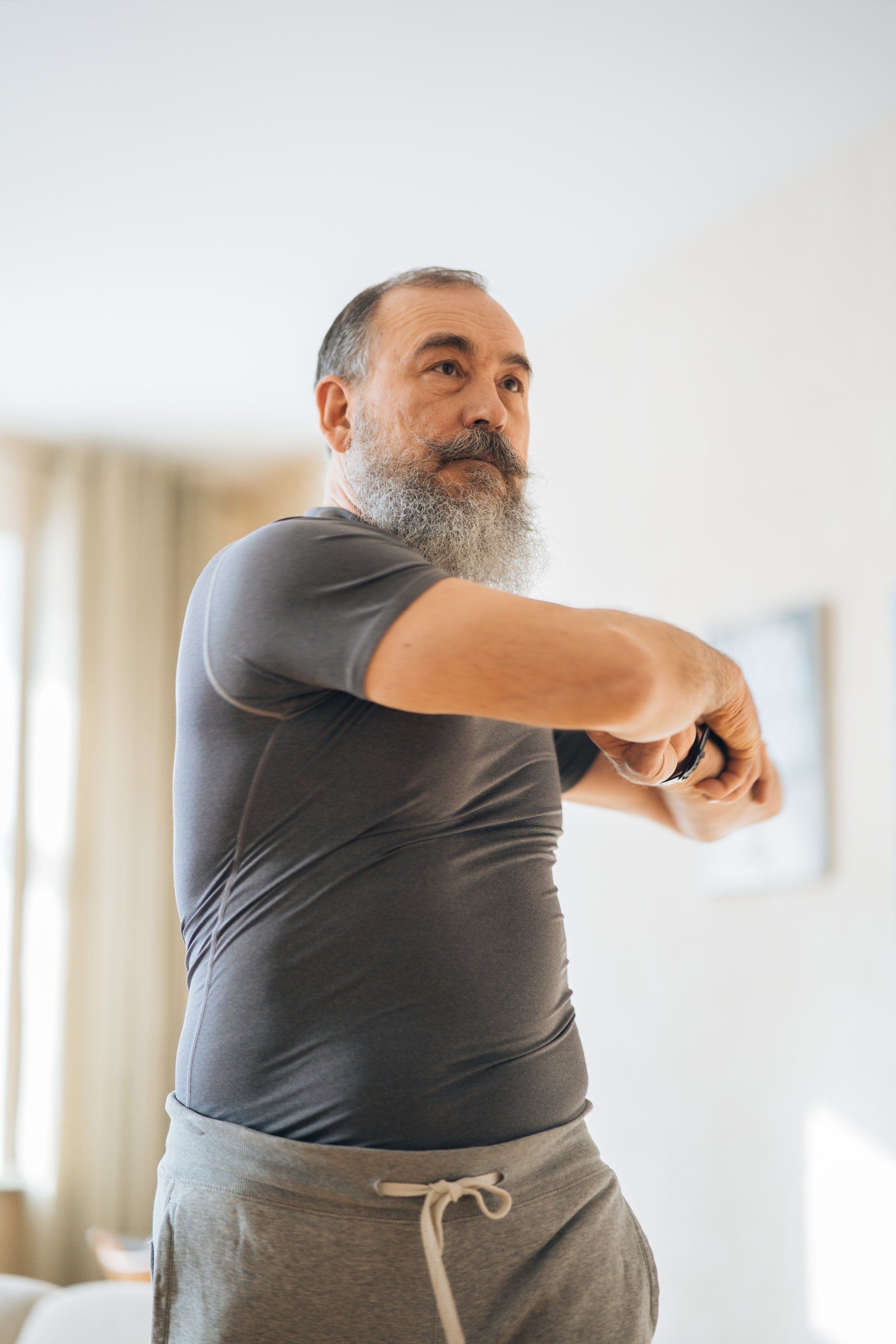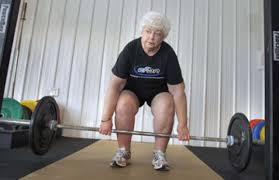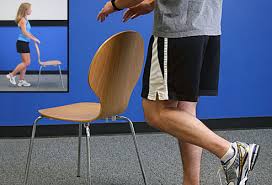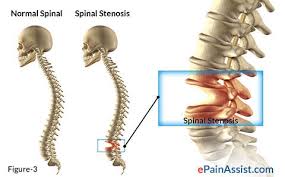YOGA MOVES TO HELP WITH CHRONIC BACK PAIN
Website Team • March 13, 2020
It’s estimated that between 49-70%
of adults in the US will experience back pain at some point in their life, with up to 30% experiencing active episodes of back pain. Rarely is back pain a one-time episode; rather, for most, it is a chronic issue that requires further treatment and even adjustments to one’s life. Often more than just the pain, chronic back pain can cause other problems in a person’s life including anxiety, depression, disability and a decreased quality of life. This fact has moved researchers and individuals alike to push for more treatment options. In addition to physical therapy, many have sought out other ways to get control of the pain and gain mobility and movement.
Enter yoga. Not just for the super flexible or trendy people of the world, yoga has been the answer for many who suffer from chronic back pain. What makes it a reliable exercise for back pain, and what moves are the most beneficial for back pain sufferers?
Why Choose Yoga?
Although yoga may appear to be high on the trendy scale, it’s one of the oldest forms of exercise around. Some experts date yoga practice as far back as 2700 B.C. The actual word yoga means a yoking or joining together of the body, mind, and emotions of the human self to the divine spirit or True Self. Aside from the religious elements of yoga, modern Hatha yoga combines different body postures, breathing, meditation and concentration. While it wasn’t originally an exclusive form of exercise, it has become just that in today’s modern Western society. This may be due in part to the variety of health benefits researchers have found associated with yoga. If you suffer from hypertension, heart disease, headaches or even depression, yoga can help. Yoga employs a variety of focused stretches and poses that help to strengthen and stabilize the body. When a person first starts practicing yoga, they may find themselves a little off balance, but with regular practice, yoga helps to improve balance, posture, flexibility and strengthens the core, a key to improving lower back pain.
Yoga Can Improve Lower Back Pain
In medical literature, yoga interventions have been studied as a means for treating chronic lower back pain. In a survey conducted by the Centers for Disease Control and Prevention (CDC), yoga was ranked as one of the top 10 commonly used complementary and alternative medicine (CAM) treatments. Most yoga studies demonstrate beneficial effects for sufferers of chronic lower back pain. Included in the results of several randomized controlled trials are:
- Improved flexibility
- Reduction in pain intensity
- Improved balance
- Improvement in depression related to back pain
- Improved back function
- Reduction in functional disability
Included in these studies is a low risk for adverse events during the course of yoga therapy. Yoga did not appear to present a significant risk for individuals suffering from lower back pain in comparison to other treatments. It should be noted that before any new form of exercise is started a person with previous injuries should first consult with their physician. Concerning the practice of yoga, it is important to spend time with a certified instructor to understand proper form and speed. The poses involved with yoga can be modified to suit a person’s flexibility limitations, and appropriate adjustments can be made to prevent injury.
Poses for Lower Back Pain
In a typical yoga class there can be multiple poses performed. Yoga in itself consists of 84 different poses. Out of those, there are a few that directly relieve lower back pain and improve back function. This article will discuss 3 poses commonly used to relieve lower back pain.
Cat & Cow Pose
This name of this pose and the others are very indicative of what you’ll look like while performing them. For this one, it involves a simple movement of stretching the hips and spine into a curved C and then a U-like position. Starting on the hands and knees with a flat back, breathe in, keeping the head in a neutral position. Then exhale as you round your spine, arching your back toward the ceiling. Press through the shoulder blades and allow the head to drop down, releasing any tension in the neck. Return to the original position with a flat back and your head in a neutral position. Inhale as you curve the spine and bring the chest and tailbone up toward the ceiling, dropping your belly down toward the floor. Lift the head to look upward. This exercise can be repeated five to ten times slowly.
Sphinx Pose
The sphinx is a great pose to encourage the natural curve of the spine and release any tension in the lower back. Begin by laying on your stomach, keeping the feet hip-width apart. Slowly bring the elbows to a 90 degree angle directly under the shoulders. Be careful to let the shoulders drop, don’t let them creep up toward the ears. Look forward and breathe in. You may hold this position for 15-30 seconds, then bring the arms forward and lay flat. This can be repeated slowly 5-10 times. If this position feels like too much of a stretch, it can be adjusted simply by stretching the arms forward. If more of a stretch is desired, simply place a yoga block underneath the elbows.
Downward Facing Dog
This pose not only helps give the spine a good stretch, it stretches the hamstrings as well, which can contribute to lower back pain due to muscle imbalances. Begin on all fours with your palms and fingers spread out and your toes curled under. While exhaling, slowly lift your knees and bring your bottom up toward the ceiling. Stay supported on the balls of your feet and toes, keeping your heels off the ground. Inhale, then exhale as you straighten your knees and bring your heels to the ground. Straighten your arms while you bring the shoulder blades back and down. Your head should remain between the arms. Hold the pose for 3-5 breaths. Exhale as you return to the starting position. Repeat 3-5 times.
Conclusion
Studies show that chronic back pain, though debilitating, can be improved. Through regular and consistent practice, yoga might be a good option for you. If you are experiencing lower back pain, we welcome you to come see us at Hershey Rehabilitation Center for a consult with one of our trained therapists who can help set up a treatment plan and discuss how we can help improve your pain and mobility.
